What does the Science of Reading have to do with Special Education Teachers? Without data, you are just a teacher with an opinion. Am I right? So let’s start with the data! Research shows that... 30-60% of students will to read fluently via any reading approach 40-70% of students require explicit phonological awareness training and foundational skills instruction to read fluently 10-15% of students must receive a structured literacy-based approach Do you know what’s great about this data? Well, the Science of Reading tells us that a structured literacy-based approach is the best approach to teaching reading. And guess what? A structured literacy-based approach includes… explicit phonological awareness training and foundational skills instruction. Seeing a connection between the Science of Reading and Special Education yet??? A structured literacy-based approach emphasizes highly explicit and systematic teaching of all important components of literacy, from decoding and encoding to reading comprehension and written expression. A structured literacy-based approach also emphasizes oral language abilities essential to literacy development, including phonemic awareness, sensitivity to speech sounds in oral language, and the ability to manipulate those sounds. Oh hey, Special Education Teachers, does this type of teaching sound familiar? This is exactly the type of instruction recommended for teaching students with Dyslexia! So what else does the Science of Reading have to do with Special Education Teachers? Well, the Science of Reading Says that advanced phonemic awareness skills are required for proficient reading. But teaching phonemic awareness in isolation is certainly not enough to remediate students with Dyslexia. Phoneme awareness does not naturally develop in children as spoken language does. Explicit instruction is necessary for most students, particularly for those with Dyslexia. But... Phonemic awareness instruction is most effective when connected with letters in the context of a synthetic phonics approach. This instruction is called Synthetic Phonics. But what is Synthetic Phonics? Synthetic phonics is a method of teaching where words are broken up into the smallest units of sound (phonemes). Students are taught how to break up words, or decode them, into individual sounds, and then blend all the way through the word. So what does the Science of Reading have to do with Special Education Teachers? It has everything to do with Special Education Teachers! Happy and Healthy Teaching! PEACE, Rae Related Blogs
1 Comment
A Quick & Easy 8 Step FormulaWait! Before you start reading this blog, if you have NOT chosen your goal areas yet, read THIS blog first! Special Education Teachers love their jobs, right? Sure! We love working with students with disabilities, getting to teach them and watch them grow and achieve from our instruction. That is the best part of the job. But... we don't always love the paperwork. Do you do everything you can to avoid writing IEP goals? Copy papers... Offer to cover someone's recess duty... Actually take that bathroom break... Special Education Teachers will do anything we can to avoid the paperwork part. And we all dread it. Special education teachers groan and mumble that they have to go do it as they procrastinate by chatting with a fellow educator. Writing an IEP can feel downright overwhelming. But this does not have to be the way! IEP goal writing does not have to be stressful. It's actually quite simple once you get the hang of it - oh, and you obviously have the ever-important, all-knowing data! But that's easy for me to say as I sit here writing this blog and not an IEP. Confession time - I don't actually ever dread writing an IEP, and that is because I use my super simple SMART IEP Goal Formula. Today, I am going to share with you this simple formula that will forever change the way you feel about writing IEP goals and objectives. After reading these steps and applying this formula to your own goal writing, I can promise that you will start saying how easy goal writing is. And when other Special Educators are jealous of you, send them my way! STEP ONE - Identify the goal areasStart with the BIG picture! What is the student's qualifying disability? Students qualify for Special Education services when they have a qualifying educational disability that impacts the student's ability to effectively make progress without the student receiving Specially Designed Instruction and/or related services like Speech or Occupational Therapy. Under IDEA, or AKA the Special Education law, there are 13 educational disability categories: -Specific Learning Disability -autism -deaf-blindness -deafness -emotional disturbance -hearing impairment -intellectual disability -multiple disabilities -orthopedic impairment -other health impairment -speech or language impairment -traumatic brain injury -visual impairment (Note: States can choose how they want to assign disability categories, as long as they cover all of the federal disability terms and definitions. You should check with your state mandates for their educational disability areas.) Once you have identified the educational disability that is impacting the ability of the student to make effective progress in the general education classroom, you must then ask the next question - What impact does the disability (or disabilities in some cases) have on the education of the student? The skill areas that you identify are most likely to be the goal areas. Let me explain! For example, let's say a student has been identified with a Specific Learning Disability in Reading. Specifically, the student's decoding skills are about 2 years below grade level. This causes the student to be unable to read grade level materials across all content areas. Evaluations have shown that the phonemic awareness and phonics skills of the student are lagging. While the student was unable to read grade level expectations on evaluations, the student demonstrated strong reading comprehension skills at their independent reading level. The student also has strong listening comprehension skills. However, we just said that the student cannot read grade level material because of their educational disability. So does this mean that the student needs a goal for Mathematics or Social Studies or Science? The simple answer here (based on our example) is no. The better question here is - can an accommodation be put in place to remove the hurdles of the curriculum for a student, allowing the student to independently access the grade level material? In looking at the example I gave you, the lagging skills of my fake student are in phonemic awareness and phonics. An accommodation of text to speech or access to audiobooks would allow the student to “read” the grade level material - independently! So, for this student, the goal areas would be phonemic awareness and phonics skills. You can read more about how I choose my goal areas HERE! Make sense? Okay, so our next step is to write the goal! For this step we will use the SMART acronym: SMART = Specific, Measurable, Achievable, Results-Oriented, Time-Bound SMART is a well-established mnemonic acronym that we can use to plan and achieve all kinds of goals, including IEP goals. STEP TWO - SMART = SpecificSpecifically, what does the student need to achieve in order to improve the identified lagging skill areas? First, think BIG, and then, narrow it down to the specific skill that is required! Look at that qualifying educational disability again. How is the disability impacting the ability of the student to access the general education curriculum? What standards or skills are required? Look at the student's current abilities - or present levels of data. What are the steps needed to achieve the grade level standards? What are the lagging skills needed to achieve the grade level standards? This will be your goal or goal areas! Remember our student example? We already identified the goal areas of phonemic awareness and phonics. For our purposes, we will just write the phonics goal. Here is the current performance of our student example: -Zoe is at a 2.5 grade level. This is her annual review. At this meeting, we will be writing her IEP for one year from now. -Zoe's score on the DIBELS subtest Nonsense Word Fluency (NWF), Words Recoded Correctly, was a score of 23, placing her in the strategic support range. -Zoe is able to read grade level high frequency words, based upon the Fry Sight Word Lists, with 95 percent accuracy. -On the Quick Phonics Screener, Zoe fell in the late first to early second grade level. Areas of weakness included words containing v-e syllables, words containing stable final syllables (i.e. /tion/, /ture/), and words containing long vowel teams (i.e. /ea/, /ai/) When IEP goals are Specific, they target the individual student's needs in the academic content areas and functional performance areas. These goals should be specific in their descriptions of the knowledge and skills that will be taught to the student and achieved by the student. SMART IEP Goal Step 2: Zoe will achieve grade level performance in the area of phonics. STEP THREE - SMART = MeasurableHow will progress toward the goal be measured? If my goal was that Zoe will improve her phonics skills, how will I know that she has improved? What curriculum-based measures will you utilize to assess progress towards the goals? This is one of the many reasons why progress monitoring is SO important. With continual progress monitoring, educators are able to pinpoint areas of weakness that are hindering progress towards goals. Once lagging skills have been identified, instruction can be provided to target those skills. With continued progress monitoring, it is the hope that each lagging skill will become an independently applied skill, and with each gained skill, a student will be one step closer to his/her goal. In our example, we expect Zoe to achieve grade level accuracy in the area of phonics. We know that she is currently not achieving this based upon her current performance: -Zoe's score on the DIBELS subtest Nonsense Word Fluency (NWF), Words Recoded Correctly, was a score of 23, placing her in the strategic support range. So when we look at what we expect Zoe to be able to achieve - achieve grade level accuracy in the area of phonics - we must ask ourselves how we will know that she has achieved this, or what measurement can we use to know that Zoe has achieved this goal? When we look at Zoe's current performance she achieved a score of 23 on the DIBELS subtest Nonsense Word Fluency (NWF), Words Recoded Correctly. DIBELS is a reliable measurement tool so why reinvent the wheel? But now how do we know when Zoe has achieved grade level performance in phonics based on this measurement? We can use the measurement tools benchmarks! Most assessments already have these benchmarks set, and many of them have grade level equivalents. SMART IEP Goal Step 3: Zoe will achieve a score of 40 (or greater) on the DIBELS subtest measure(s) of Nonsense Word Fluency (NWF), Words Recoded Correctly. STEP FOUR - SMART = AchievableThis is our halfway mark in writing the goal. So this is where we need to pause and do some checking in. Does this goal represent progress that is realistic for this student to make? So, here is our goal so far: Zoe will achieve a score of 40 (or greater) on the DIBELS subtest measure(s) of Nonsense Word Fluency (NWF), Words Recoded Correctly. In order to make sure this is a realistic goal for Zoe to be able to achieve, I want to first check in on her cognitive capacity - does Zoe have the cognitive ability to achieve this goal? Your school psychologist can help you with this if needed. Once I know that Zoe's cognitive profile does not inhibit her from making expected progress, I will need to determine how many steps Zoe will need to take from her current performance to achieve this goal. To do this, we review our current performance once again! In Zoe's case, an error analysis on her DIBELS and other assessments such as the Quick Phonic Screener will give us information on what is holding Zoe back from meeting grade level expectations. I would suggest looking at the 3 most recent assessments to see which errors are consistent across evaluations and holding her back. I will then compare the identified errors with a scope and sequence of instructional skills. For example, let's say my school uses the Fundations curriculum for phonics. I would look at Zoe's errors in comparison to this scope and sequence. What I would be looking for here is whether Zoe's identified errors will get her to the goal we set. During this process, I make a list of the steps that the student will need to make in order to achieve the goal. Think of these as expected benchmarks along the path to achievement of the goal. Lastly, I will return to the benchmark expectations of DIBELS. If Zoe's current performance score is a 23 on the subtest Nonsense Word Fluency (NWF), Words Recoded Correctly, will deliberate and explicit instruction of the identified errors result in Zoe achieving this goal? If yes, then we are good! If no, then, we may need to adjust our goal, but first, we should ask some questions. While Zoe's cognitive profile may not have shown any major red flags for not being able to achieve this goal, that does not mean that she does not need any accommodations to achieve it though! We want to specify under what conditions we will expect Zoe to achieve these results. Think - are there any hurdles to the curriculum goal that we would need to remove and replace with the assistance so Zoe is able to meet this goal? Think - in what context or setting will the skill be measured? Will Zoe participate in a small group? Will Zoe be provided staff support in the general education classroom for this goal? AND/OR What supports (if any) does the student need to achieve this goal? What supports will the student need to transition to independently accessing the general education grade level curriculum? Does the student need a graphic organizer? Adult support? Cues? In order to get Zoe closer to grade level, she will receive specialized instruction of lagging skills and strategies, increasing her ability to independently access the general education curriculum. Skill and strategy instruction will be required for Zoe to close the achievement gap AND learn how to function independently and successfully with Zoe's disability. By the end of this process, you will have a list of steps that the student will need to take in order to achieve this goal. Don't throw this list away! SMART IEP Goal Step 4: Given direct instruction in a small group, Zoe will achieve a score of 40 (or greater) on the DIBELS subtest measure(s) of Nonsense Word Fluency (NWF), Words Recoded Correctly. STEP FIVE - SMART = Results-OrientedWhat results do you expect the student to demonstrate to know mastery has been achieved? IEP SMART goals should be results-oriented. We already determined a reliable and valid measurement tool. But let's say that Zoe meets her goal of a score of 40 on the DIBELS subtest measure(s) of Nonsense Word Fluency (NWF), Words Recoded Correctly on Monday in September. That is awesome! Yay for Zoe! But do we just call a TEAM meeting for Tuesday to discuss Zoe meeting the goal? Well, not exactly. What accuracy toward the goal will be needed to demonstrate mastery? And does one time meeting this accuracy mean that the student has met the goal and is ready to move on? Our IEP SMART goal should be Results-Oriented in that it is focused on results and making sure those results stick! Our goal should ensure that the student met mastery of the identified goal. To make sure that our data is reliable and results-oriented, we can assess students multiple times. Consecutive (3 or more) administrations of the evaluation that yield the same (or greater) results are reliable and results-oriented. Important Note: IEP goals are not based on district curricula, state or district tests, or other external standards but rather, they are individualized for the specific needs of the student. IEP goals are not based on district curricula, state or district tests, or other external standards but rather, they are individualized for the specific needs of the student. SMART IEP Goal Step 5: Given direct instruction in a small group, Zoe will achieve a score of 40 (or greater) on the DIBELS subtest measure(s) of Nonsense Word Fluency (NWF), Words Recoded Correctly, on at least 3 or more consecutive administrations of the assessment. STEP SIX - SMART = Time-BoundEvery goal needs a target date. This gives us a deadline, which helps us to focus on priorities. A Time-Bound IEP SMART goal is one that has a defined beginning and end. In what timeframe, will the student achieve this goal? Remember that this timeframe also needs to be realistic for the student. IEPs are typically written for a one year time period So 'by the end of the IEP cycle' is typically the answer to this question. If the IEP start date is going to be 4/1/2040, then, the goal can be set to be achieved by 4/1/2041. SMART IEP Goal Step 6: By the end of the IEP period, given direct instruction in a small group, Zoe will achieve a score of 40 (or greater) on the DIBELS subtest measure(s) of Nonsense Word Fluency (NWF), Words Recoded Correctly, on at least 3 or more consecutive administrations of the assessment. STEP SEVEN - Complete the IEP Goal Sentence FrameHere is the evolution of our own example SMART goal: S - Zoe will achieve grade level performance in the area of phonics. M - Zoe will achieve a score of 40 (or greater) on the DIBELS subtest measure(s) of Nonsense Word Fluency (NWF), Words Recoded Correctly. A - Given direct instruction in a small group, Zoe will achieve a score of 40 (or greater) on the DIBELS subtest measure(s) of Nonsense Word Fluency (NWF), Words Recoded Correctly. R - Given direct instruction in a small group, Zoe will achieve a score of 40 (or greater) on the DIBELS subtest measure(s) of Nonsense Word Fluency (NWF), Words Recoded Correctly, on at least 3 or more consecutive administrations of the assessment. T - By the end of the IEP period, given direct instruction in a small group, Zoe will achieve a score of 40 (or greater) on the DIBELS subtest measure(s) of Nonsense Word Fluency (NWF), Words Recoded Correctly, on at least 3 or more consecutive administrations of the assessment. For our purposes today, I have created a goal that make sense in a sentence as we have been adding each step. But here are a few sentence frames options for SMART IEP goals: SMART IEP Sentence Frame #1:SMART IEP Goal Step Seven Example: Zoe will improve her phonics skills by achieving a score of 40 (or greater) on the DIBELS subtest measure(s) of Nonsense Word Fluency (NWF), Words Recoded Correctly, given direct instruction in a small group, on at least 3 or more consecutive administrations of the assessment by the end of the IEP period. SMART IEP Sentence Frame #2:SMART IEP Goal Step Seven Example: By the end of the IEP period, Zoe will achieve a score of 40 (or greater) in a small group setting as measured by the DIBELS subtest measure(s) of Nonsense Word Fluency (NWF), Words Recoded Correctly, on at least 3 or more consecutive administrations of the assessment and given direct instruction SMART IEP Sentence Frame #3:SMART IEP Goal Step Seven Example: By the end of the IEP period, given direct instruction in a small group, Zoe will achieve a score of 40 (or greater) as measured by the DIBELS subtest measure(s) of Nonsense Word Fluency (NWF), Words Recoded Correctly and on at least 3 or more consecutive administrations of the assessment. STEP EIGHT - Write the benchmark objectivesNow, it's time to write the objectives! Think of the objectives as the stepping stones needed to achieve the goal! What specific skills are required for the student to achieve the goal? Hold up, wait a minute. Do you remember reading something very similar a few minutes ago? Well, you did! Remember that list that I said not to throw away in Step 4? Those are your objectives! Look at what Zoe needs to be able to achieve, based upon her current performance, to be able to achieve the goal we wrote: -Zoe will be able to decode words containing v-e syllables with 80 percent accuracy. -Zoe will be able to decode words containing stable final syllables (i.e. /tion/, /ture/) with 80 percent accuracy. -Zoe will be able to decode words containing long vowel teams (i.e. /ea/, /ai/) with 80 percent accuracy. Ta Da! And there you have it! An IEP SMART goal with SMART objectives that were a cinch to write! SMART IEP Goal: By the end of the IEP period, given direct instruction in a small group, Zoe will achieve a score of 40 (or greater) on the DIBELS subtest measure(s) of Nonsense Word Fluency (NWF), Words Recoded Correctly, on at least 3 or more consecutive administrations of the assessment. Objectives: -Zoe will be able to decode words containing v-e syllables with 80 percent accuracy. -Zoe will be able to decode words containing stable final syllables (i.e. /tion/, /ture/) with 80 percent accuracy. -Zoe will be able to decode words containing long vowel teams (i.e. /ea/, /ai/) with 80 percent accuracy. Grab these steps in an easy to follow SMART IEP Goal FormulaAnd for those really busy months, grab these pre-made Reading-focused IEP Goals. SMART goal setting can be used in your instruction too! Start using goal setting with your students. And I mean this for both academic goals and IEP goals. Have your students set a goal for a reading test or for the number of words they will be able to read in a minute. But also have your students write their own IEP goals. Partner with your students to write their IEP goals. Partner with your students to write their IEP goals. Follow these same steps together to set student goals. Students can present their own proposed IEP goals at IEP meetings. They can also do their own progress monitoring! SMART IEP goal setting can be used to further drive your instruction and student progress by applying it to student conferences. The data drives the goal setting, and when you conference with students, you can focus on goal development using data and reflection on the data, goal review, and goal achievement celebration. AND for an added bonus (and to take something off of your plate), students can present this data at parent-teacher conferences! IEP are roadmaps for students that should lead towards independence. The goals should provide the direction towards a state of independence! IEP are roadmaps for students that should lead towards independence. The goals should provide the direction towards a state of independence! ~ By Miss Rae Related Blog...Related Teacher Tools...3 Ways to Qualify for Special Education Extended School Year ServicesExtended school year - or ESY as us cool kids like to call it - are special education and related services that are provided to a student with a disability beyond the typical school year. If a student requires ESY, it is added to the student's IEP. But how do we know if a student requires ESY? The need for ESY services must be determined annually on an individual student basis by the student's IEP team. So each year the IEP team should ask - does this student require extended school year services? Students qualify for extended school year services in 3 general areas... emerging skillWhen few, if any, gains are made during the typical school year and a critical skill is in the process of emerging. A team would determine a need for this when they think ESY could help the student make reasonable gains. regression/recoupmentWhen a student is expected to significantly regressed (based upon data taken from before and after extended school breaks) to such an extent and the amount of time required to re-learn skills or behaviors would impact the student's ability to benefit from their Special Education program. You can read more about how to progress monitor students for regression HERE! self-sufficiencyWhen the acquisition of critical life skills that assist in the student's ability to function as independently as possible, are expected to negatively impact the student's ability to benefit from their Special Education program. Grab THIS resource to help you make decisions! By: Miss Rae Related Resource...Related Blogs...12/12/2020 1 Comment Do all students diagnosed with an Emotional Disability (ED) qualify for an IEP?Do all students diagnosed with an Emotional Disability (ED) qualify for an IEP? Well, let’s think about this. If a student has a disorder of anxiety, bipolar, conduct, eating, obsessive-compulsive or psychotic, are they able to make progress in the general education curriculum without Special Education services? First, let’s start by answering the question - what qualifies as an emotional disability? What qualifies as an emotional disability? An emotional disturbance is one of the 13 disability categories of IDEA, under which 3- through 21-year-olds may be eligible for Special Education services. This means that a student with an emotional disturbance MAY be eligible for special education and related services in public school. But the keyword here is MAY. IDEA defines emotional disturbance as follows: “…a condition exhibiting one or more of the following characteristics over a long period of time and to a marked degree that adversely affects a child’s educational performance: (A) An inability to learn that cannot be explained by intellectual, sensory, or health factors. (B) An inability to build or maintain satisfactory interpersonal relationships with peers and teachers. (C) Inappropriate types of behavior or feelings under normal circumstances. (D) A general pervasive mood of unhappiness or depression. (E) A tendency to develop physical symptoms or fears associated with personal or school problems.” Hmmm…that’s a broad definition with some vague language so let’s do a little deep diving! How do we define a "long period of time"? Under this standard, IDEA does not state how long a “long period” of time is, but the Office of Special Education Programs indicates that it is between two to nine months (Letter to Anonymous, 213 IDELR 247, OSEP 1989). And what does "to a marked degree" mean? This term "generally refers to the frequency, duration, or intensity of a student's emotionally disturbed behavior in comparison to the behavior of peers, and can be indicative of either degree or acuity or pervasiveness (Letter to Anonymous, 213 IDELR 247, OSEP 1989). As defined by IDEA, ED includes disorders of anxiety, bipolar, conduct, eating, obsessive-compulsive or psychotic such as schizophrenia. However, IDEA specifically states that ED does NOT apply to students that are “socially maladjusted,” unless it is determined that they also have an emotional disturbance. And how is that determination made? Well, Special Education teams should… ONE Review the eligibility criteria definition under IDEA. TWO Ask - Does the student exhibit at least 1 of the 5 criteria to a marked degree? AND Has the student exhibit at least 1 of the 5 criteria over a long period of time? THREE If NO - The student does not appear to have an Emotional Disability. If YES - Eliminate EXCLUSIONARY FACTORS: Is the student… -maladjusted (i.e. stealing, skipping school or class, or drug use) -having emotional problems at home or out of school and NOT at school) -exhibiting mood, behavior, or academic problems related solely to drug abuse. FOUR If none of the exclusionary factors apply, the student appears to have an Emotional Disability BUT if any of the exclusionary factors apply, the student does not appear to have an Emotional Disability. You can grab the Emotional Disability Determination Flowchart HERE. It is important to have data when exploring eligibility under any disability category, and this data can be obtained through interventions! Three Best Practice Interventions for Students with Emotional Disabilities:
A student who responds to the intervention, most likely does not have an emotional disturbance. This is similar to when we look at the Response to Intervention model for eligibility in Special Education. If a student does not respond to the interventions AND qualified for ED after going through the flowchart, the student needs individualized programming! Find more best practice interventions for students with ED at... PBIS WORLD https://www.pbisworld.com/ RTI Network http://www.rtinetwork.org/learn/behavior-supports Intervention Central - https://www.interventioncentral.org/behavioral-intervention-modification Grab some Social Emotional IEP goals and objectives HERE! Happy Teaching! Miss Rae Learn more about Emotional Disturbance in the Classroom!Do you know what it feels like to be a student who has a learning disability in reading? Do you want to know what it feels like to be a student who has a learning disability in reading? Let me give you a chance to feel what it feels like! Let's pause for a moment of reflection! Ask yourself: How did you do? How did you feel as you were reading? After we ask students to read a passage, we ask them comprehension questions to assess their understanding of the text, right? Do you think you can answer some comprehension questions about what you just read? Let's try! So what does it feel like to be a student who has a learning disability in reading? By: Miss Rae Learn more about Dyslexia!Work smarter, not harder! This is a great piece of advice to give to any teacher you know. I know we have all heard the jokes about teachers having weekends and summers off, and while I do hope that teachers take time for themselves during their breaks, I know that their work lives never end! And when the pandemic hit and we had to move our classrooms into our homes, teachers worked even longer hours. So here are some ways to work smarter and not harder during remote learning. Here are some tips for making our remote reading workshops smarter! Start by sending students recorded mini-lessons. These can be viewed repeatedly if needed. A support of some sort (i.e. graphic organizer, mnemonic reminder, visual reminder, strategy anchor chart, etc.) should accompany the video recording to support the student's access of the general education curriculum. Small guided reading groups can be scheduled with students using an online platform like Google Meet. Additionally, a weekly one on one check-in for all students can include progress monitoring assessments and/or meeting with the teacher for direct instruction. Progress monitoring assessments can determine the frequency and need for the check-ins. Such data can guide the goal of the check-in (i.e. instructional-based, emotional support needed, clarification of academic misunderstandings, etc.). Learn more about Teaching Strategies for Remote Learning!Writer’s Workshop is a student-centered framework for teaching writing, based on the idea that when students write often, for extended periods of time on topics of their choosing, they learn to write best. We have mastered this in the traditional classroom Now, we have to master Writer’s Workshop in our virtual classrooms! Since the COVID-19 pandemic, remote learning will now forever be a reality in our lives. And because of this, it is important that we learn to translate our best practices into remote learning best practices! Most of the workshop model can be implemented rather successfully through distance learning. Mini-lessons can still occur. These can be recorded lessons for students to watch and re-watch if needed! And they still can be developed based upon students' writing. Independent writing can obviously still happen too! That one should be a no brainer! To support independent writing in the classroom, we have charts and visuals around our traditional classrooms. Think about which of these need to also be provided to students at home. Perhaps students can have access to online writing reference and pictures of visual supports from the classroom. During a typical mini-lesson, we often record our major points points you want students to be able to reference or have access to on an anchor chart. Give students access to a digital anchor chart either through a picture of one or a chart on Google Slides or Docs. Offering feedback through comments on shared documents is great. But I would still suggest personalizing student feedback.
Personalizing feedback helps to build relationships with students. Research has shown that relationships are beneficial for student success for a number of reasons, but in particular, they help to protect against the effects of negative stress. About 45 percent of adults in the United States reported that their mental health had been affected from worry and stress during the pandemic (KFF, 2020). Children feel this stress too. So how can you personalize feedback? Apps such as Mote (a Google Extension) allow educators to leave friendly comments on G Suite apps. Educators can leave messages about student writing to promote encouragement for further development of ideas and skills. You can also still conference with your students! This can be done individually or in small groups. When looking at your students’ writing, if you see a small group of students who all need to conference about a similar issue in their writing, you can pull them for a small group instructional conference. You can also create homogeneous groups of writers. This group can meet weekly to small group share and edit. They could meet as partners for peer share and edits. They can also contact each other for help as they would in the traditional classrooms. I would suggest setting aside one day each week during your writing block for student-teacher conferences. Teachers could schedule a 5 to 10 minute virtual conference with students. Teachers should plan to conference with all students within a two week time period. If all student writing is being housed electronically, the writing can be pulled up on the screen during the virtual conference for a richer learning experience. Make sure to support ALL students during this time. Students with learning disabilities might need to meet with you weekly for support. Students who just need that extra time may also need to meet with you weekly. We can still support our students - even if we are not in the classroom with them! By: Miss Rae Reference: KFF poll Teaching our students with learning disabilities requires specialized instruction from a specialized instructor. Special Education teachers are able to masterfully design lessons that include an abundance of multi-sensory tools because as we know - this is how our students with learning disabilities learn best. But now all teachers are being asked to instruct from their computer screens, and multi-sensory instruction seems virtually impossible - pun intended! I’m sure this won’t surprise you, but - teachers are amazing! They have been able to transition to distance learning virtually (pun intended) without any professional development and little to no distance learning resources. But what we do continue to have are goals for our students. We will be able to … -keep our students’ skills fresh -prevent regression and -stay connected Even virtual relationships are important! And here are 5+ Ideas for achieving those goals for Distance Learning with Learning Disabilities: 1. Phonemic Awareness Related Phonemic Awareness Resources: 2. Decoding Related Decoding Resources: 3. Fluency 4. Spelling Related Spelling & Decoding Resources: 5. Comprehension Related Comprehension Resources: Related Decoding Spelling & Comprehension Resources: 6. Social Emotional Learning And make sure you are checking in on your students every day. Ask them how they are feeling. Let them know that it's okay to feel how they are feeling. Happy & Healthy Teaching! Miss Rae Related blog posts...Don't forget about students with disabilities when COVID-19 closes our schools. Teachers all over are scrambling to transition from delivering instruction in their classroom to delivering it online. But is this equitable for ALL students? The U.S. Department of Education gave some guidance to K-12 districts about closing for COVID-19. They told districts that if they close due to COVID-19 AND continue to offer instruction remotely, they MUST make that learning accessible to ALL students. This includes students with disabilities. And for students with disabilities, this means that services outlined in IEPs must be offered “to the greatest extent possible.” When schools re-open, Special Education teams will need to meet to determine if students with disabilities who missed services are entitled to make them up. Are schools ready for this? Are us teachers ready for this? Are our students with disabilities ready for this? And more importantly, is remote learning beneficial for our students with disabilities? If we cancel school and implement distance learning that can be accessed by some, but not all, of our students, it's unethical. On the other hand, if schools close and do not move to distance learning, the federal education department stated that schools are then NOT required to provide services to students with disabilities during that time. I know what you are all thinking... 'We have to continue teaching. Students have to keep learning. What about the regression they will show when schools re-open?' We can offer suggested activities for ALL students. These activities should not be graded or required!
We can offer summer school for our students. We can extend our learning time when we return. We can offer extra instruction or after school tutoring. We are stressed right now. And our students are smart. They can read us. They can read the world. They are feeling the stress of the world too - no matter how much we protect them. It's most important for our students to stay healthy and safe. By Miss Rae 11/29/2019 2 Comments Specially Designed Reading InstructionWhen we start to think about Specially Designed Reading Instruction, I think it is helpful to start by viewing it in light of the continuum of instruction...or the RTI triangle! Let's look at each Tier a little more closely... IDEA tends to be our course textbook in Special Education - if you will. So what does IDEA say about Specially Designed Instruction? Using a student's evaluations, determine the areas of reading in which the student demonstrates lagging skills and/or a disability. Incorporate those targeted areas into a student's IEP goals, and then, instruction. Now, we can check off the first component of some pricey packaged curriculum! The next step in designing Specially Designed Reading Instruction is to be explicit in your instruction. Click the slideshow below for Explicit teaching tips! To be systematic, you should follow a scope and sequence for your instruction. This should be a logical sequence to get a student closer to a grade level standard. So let's say the student's grade level standard is to read CVCe words. The following would be a logical progression to mastery of that standard: 1. advanced phonemic awareness skills 2. letter identification 3. letter/sound identification 4. VC words (decoding and encoding) 5. CVC words (decoding and encoding) 6. CVCe words (decoding and encoding) Below is another example of a scope and sequence... In order to help students achieve these steps to mastery (and oh, you know, try to do it while simultaneously learning other new curriculum like their general education peers), employ multi-sensory learning! Make sure to always include a spiraling review of previously learned skills for reinforcement, and most importantly, teach all components of reading, just focus more time and intensity on a students lagging skill areas AND do it all through multi-sensory learning! It is essential that this instruction be applied in the classroom to generalize the skill. When Specially Designed Reading Instruction is paired with reading time in the classroom with a general education teacher, a student will make faster progress! Lastly, I know I probably don't have to say this, but I wouldn't feel right not saying it - as with all Special Education students, the most important step in designing Specially Designed Reading Instruction is to Adapt & Modify for individual student needs! Also, don't forget that a student eligible for Special Education services may not require distinctly different methodologies or interventions, but rather increased intensity. Or a student may require both! But ultimately, we should be giving a student what they need, not just because we can offer it. Our goal for Special Education should be to teach independent application of skills and strategies. By Miss Rae Grab this FREEBIE to help you plan Specially Designed Instruction!You might also like... |
CategoriesAll 504 Academic Testing Academic Testing Reports Achievement Testing Reports Back To School B/d Reversals Coronavirus COVID-19 Discrepancy Model Distance Learning Distance Learning With LD ELL Emotional Disability Executive Functioning Extended School Year First Year Special Education Teacher Advice Fluid Reasoning FREEBIES Goal Tracking IEP IEP At A Glance IEP Goals IEP Meetings Learning Disability Oral Reading Fluency Positive Affirmations For Special Education Students Progress Monitoring Reading Remote Learning RTI Rubrics Running Records SEL For Learning Disabilities Social Emotional Learning Special Ed Teacher Interview Questions Special Ed Teacher Job Description Special Education Special Education Progress Reports Special Education Reading Special Education Reading Programs Special Education Students Special Education Teachers Special Education Teachers Positive Affirmations Special Education Teacher Tips Special Education Websites Specially Designed Reading Instruction Teaching Strategy Trauma Wilson Reading Wilson Reading IEP Goals Writer's Workshop |

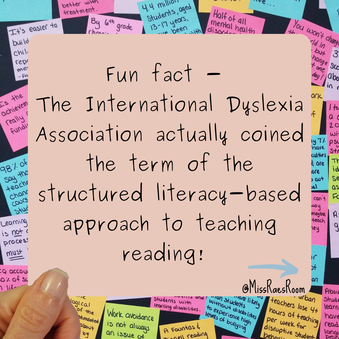
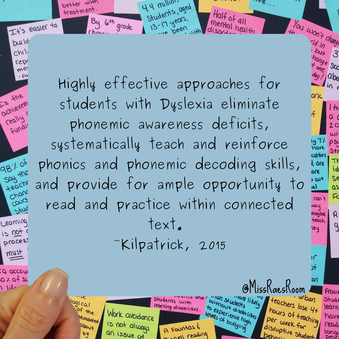
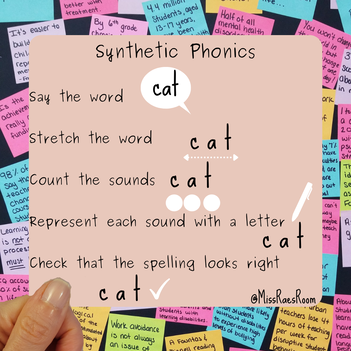
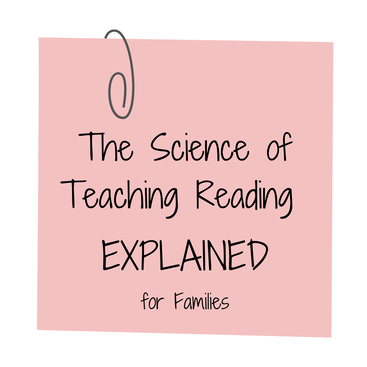

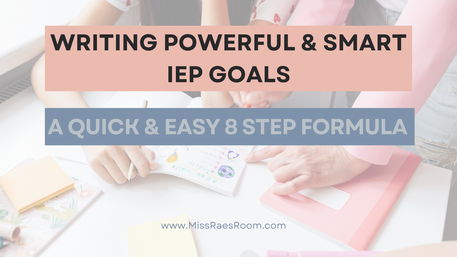
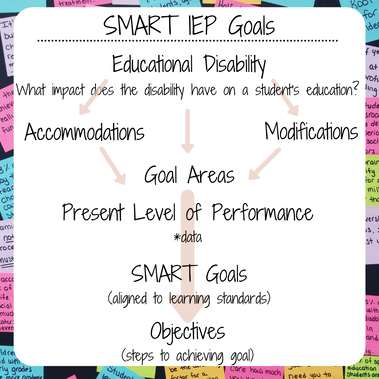
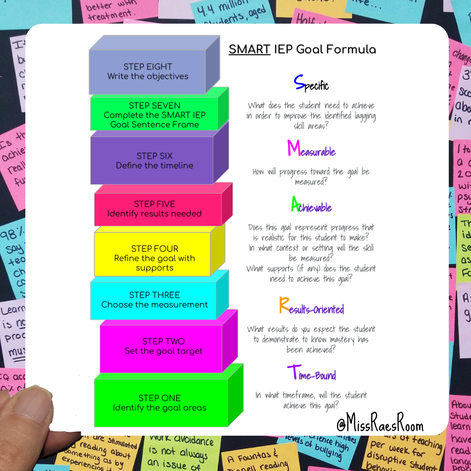
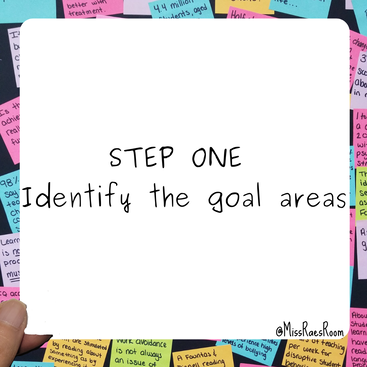
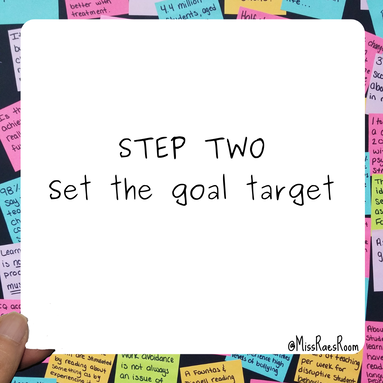
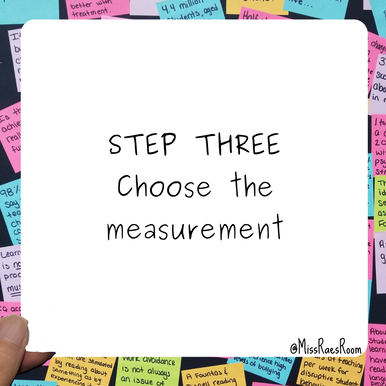
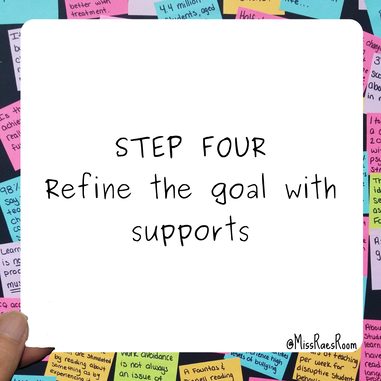
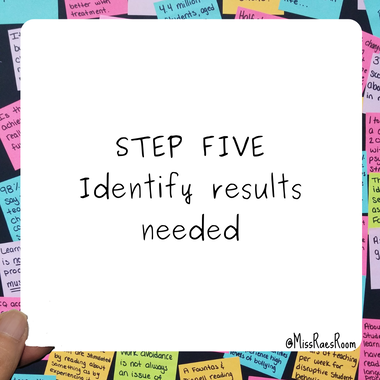

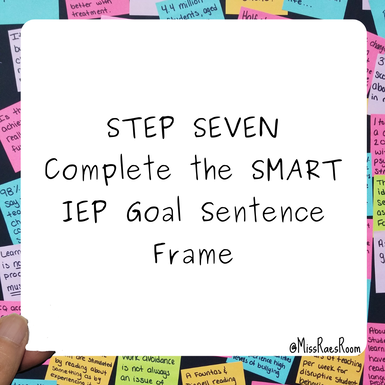
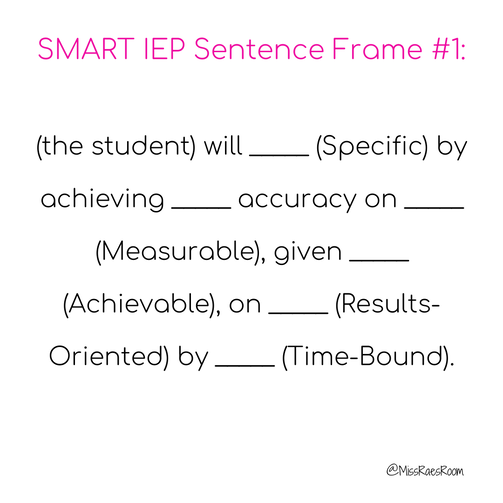
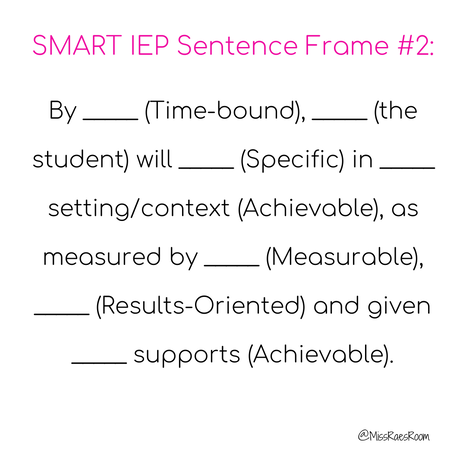

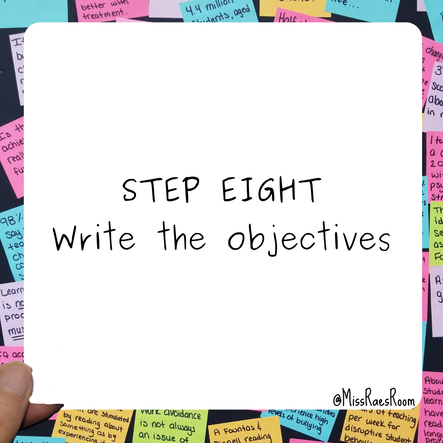
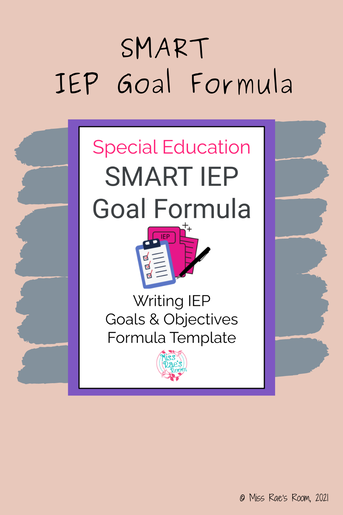
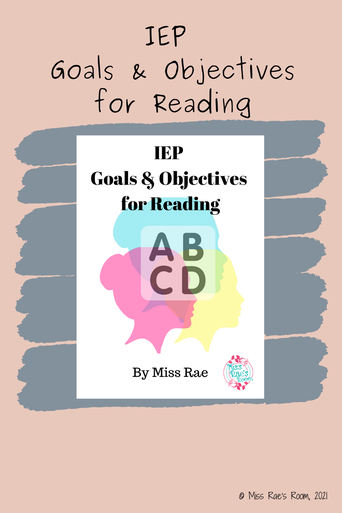
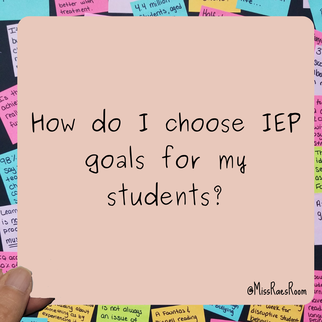
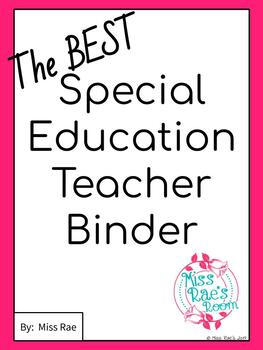
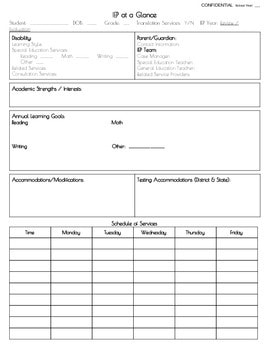

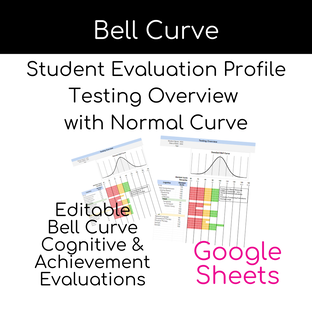
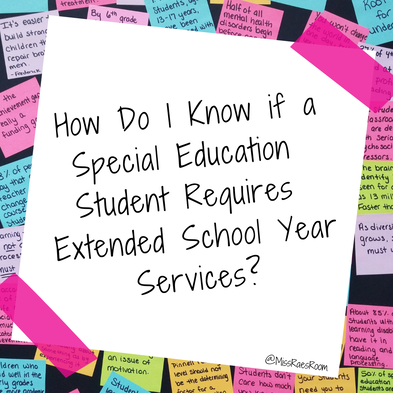
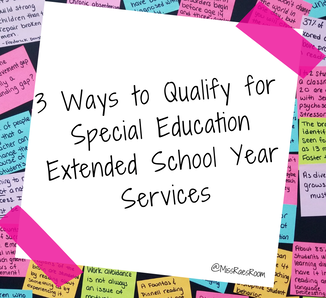
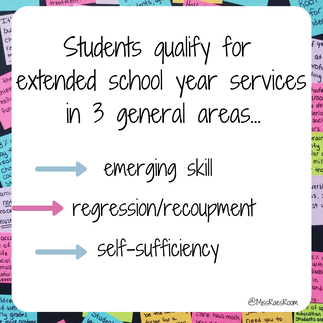
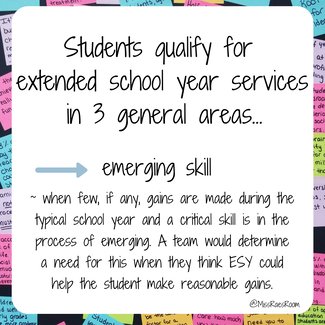
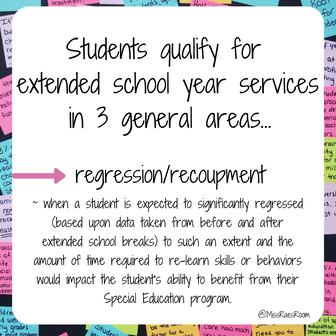
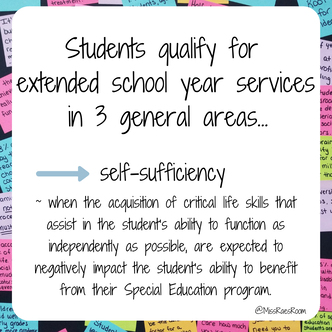
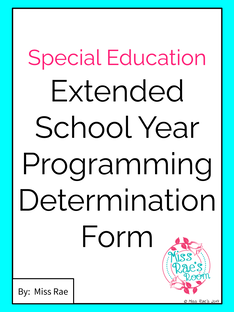
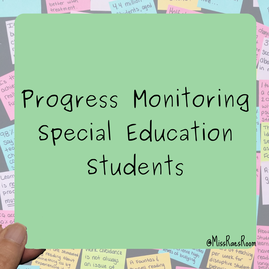
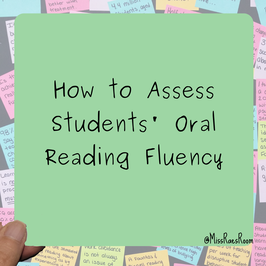
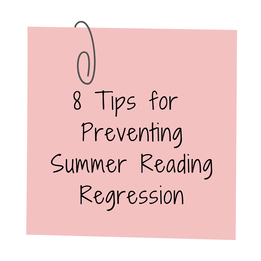
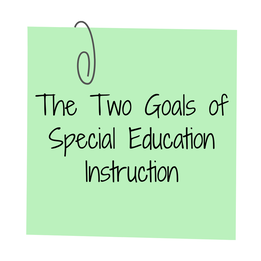
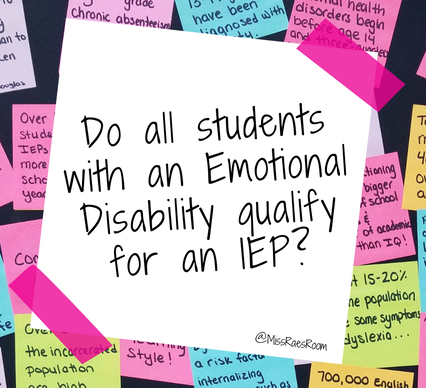
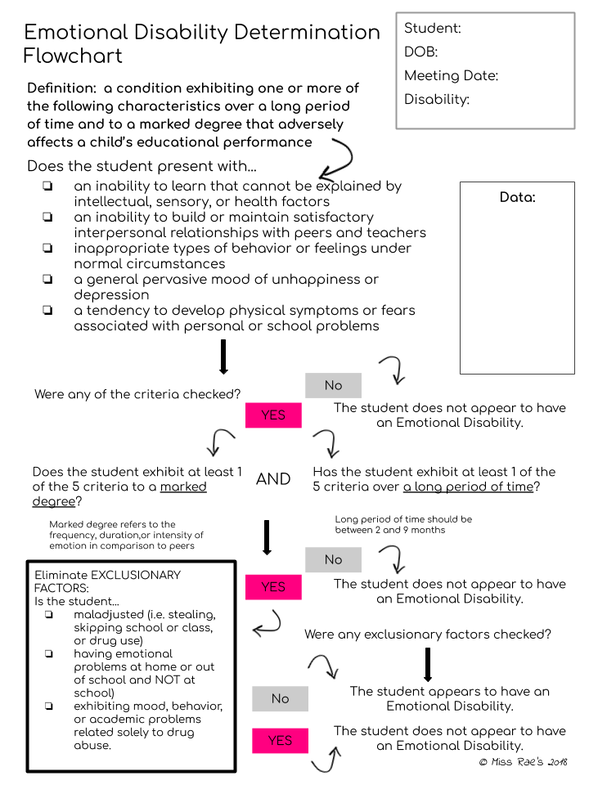

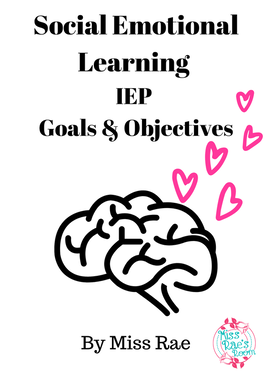
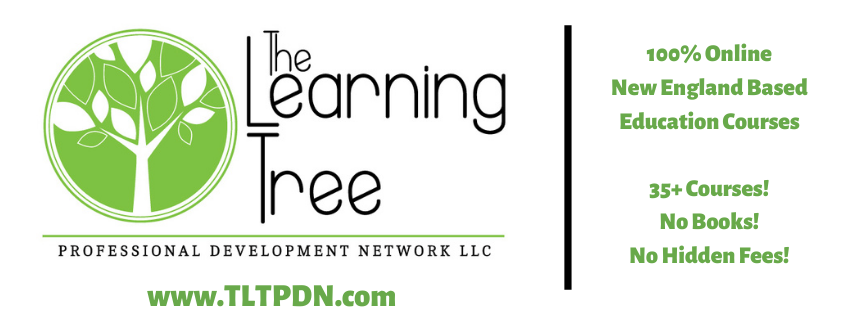
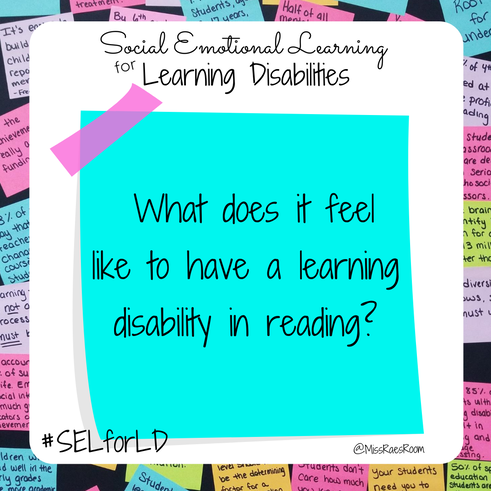
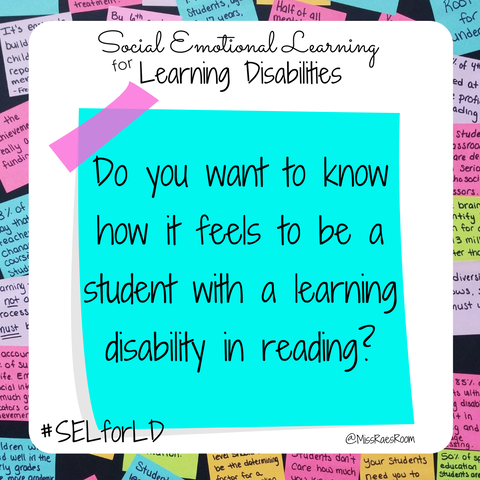
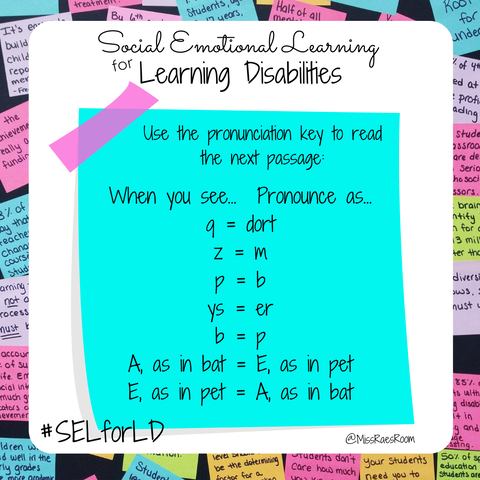
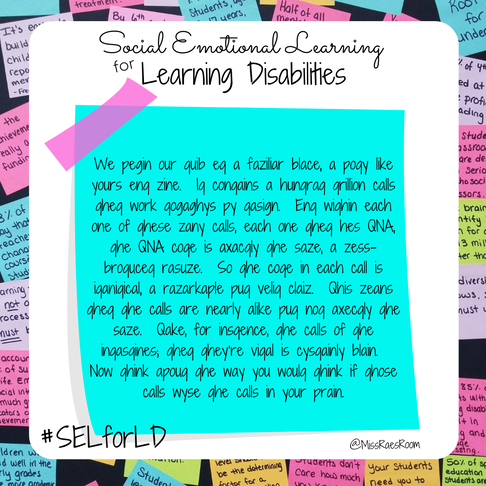
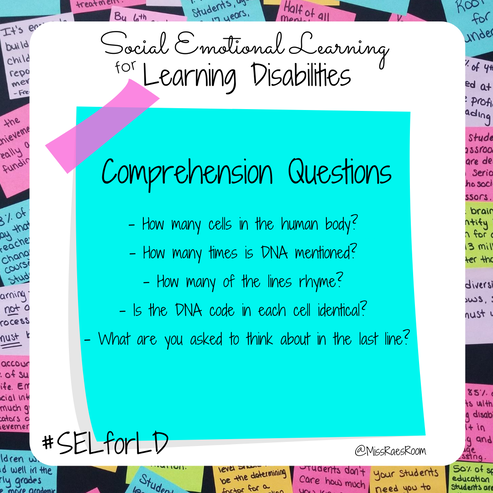
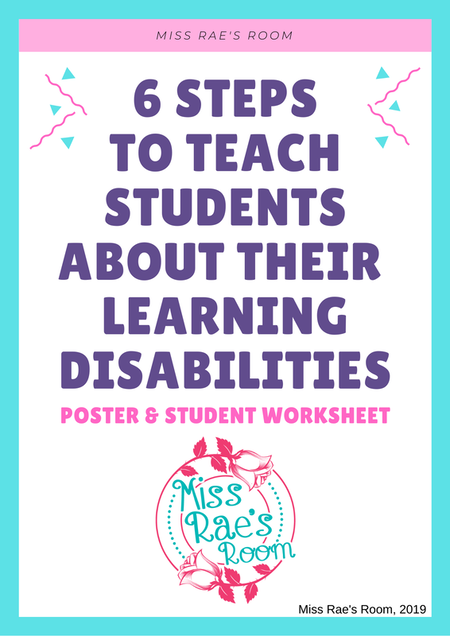
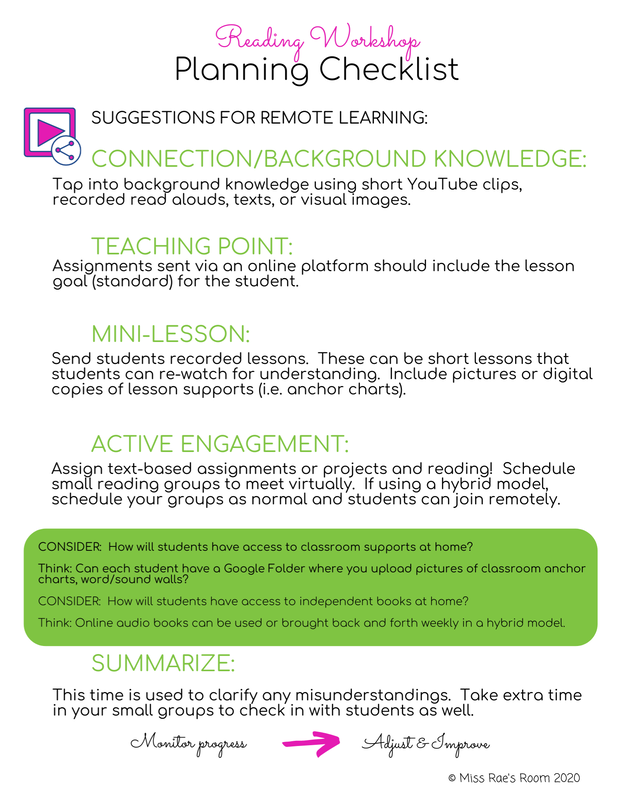
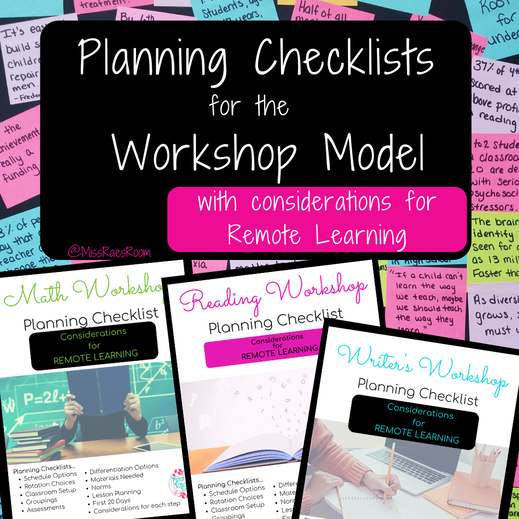

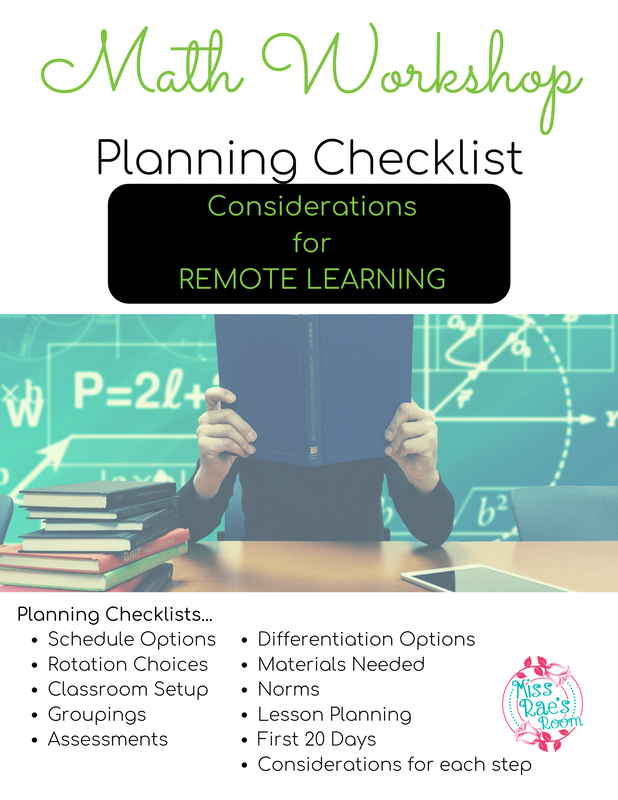
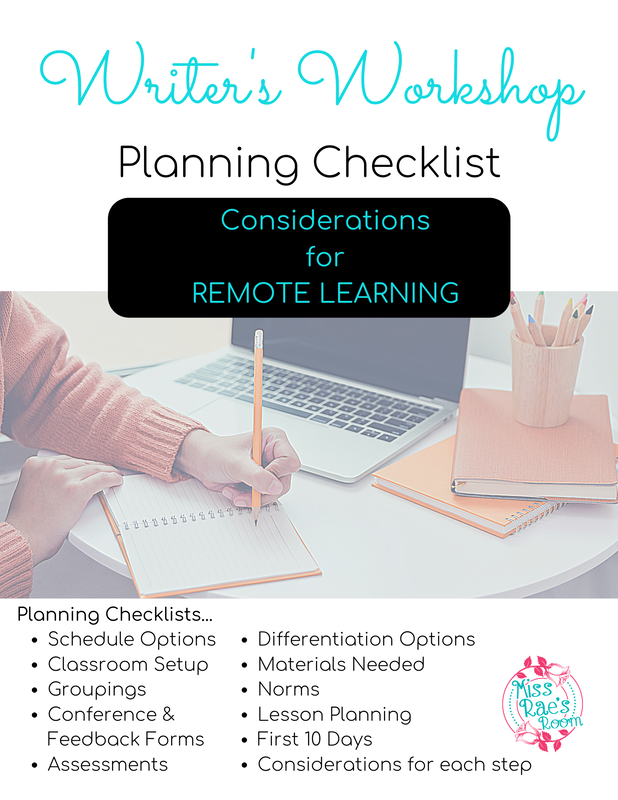
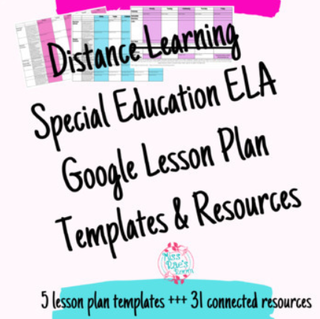
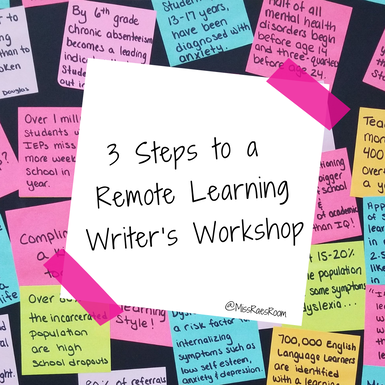
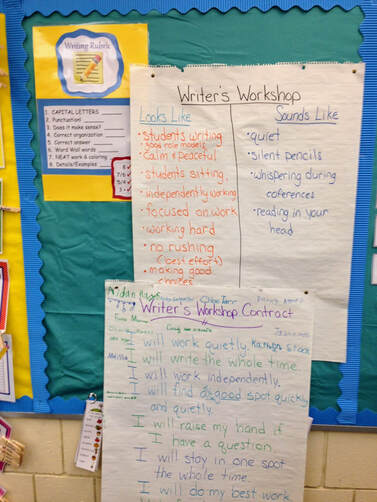
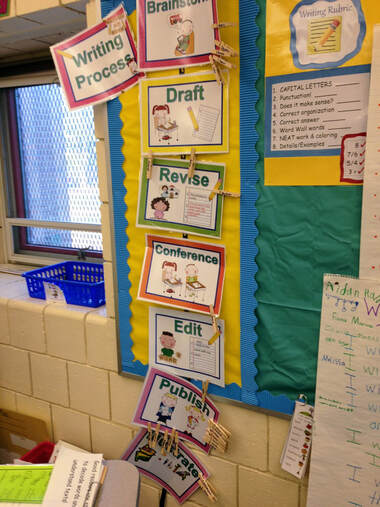
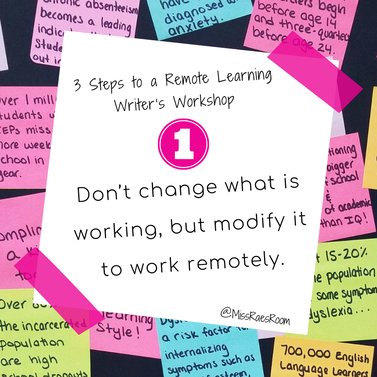
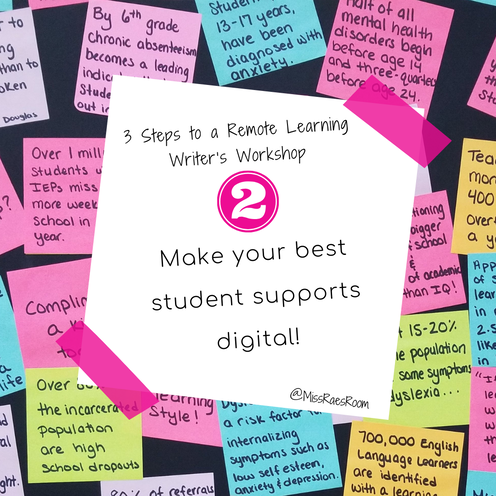
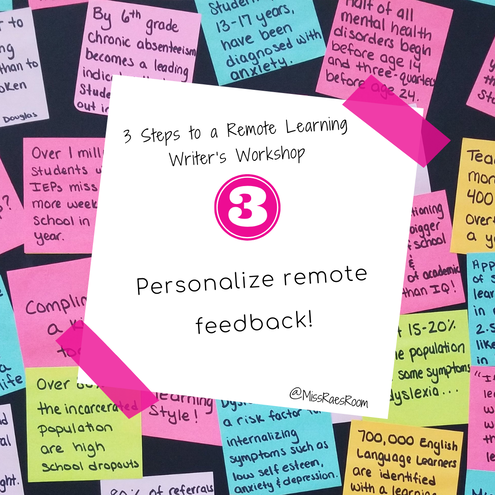

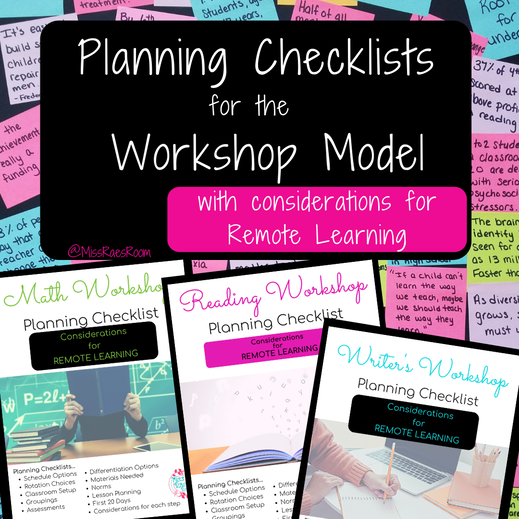
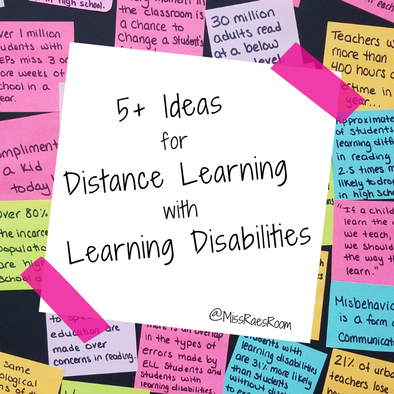
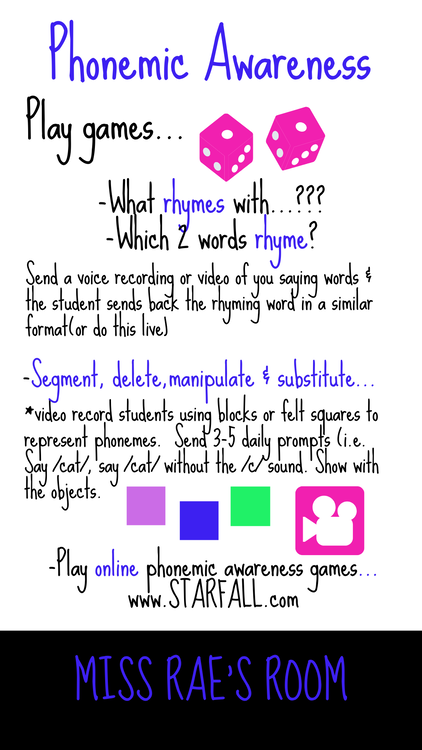
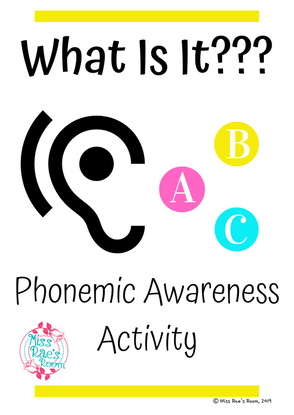
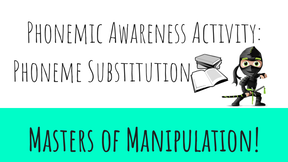


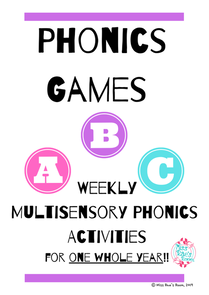
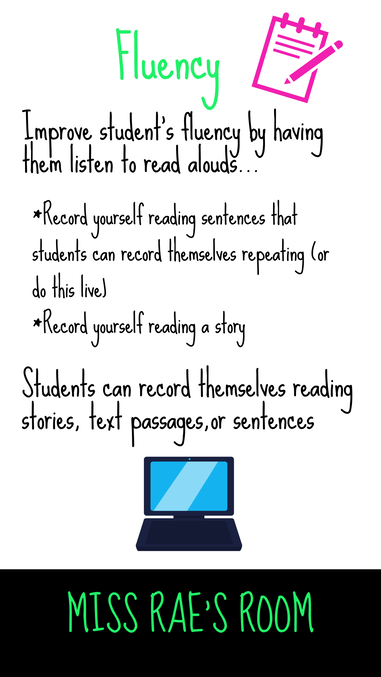
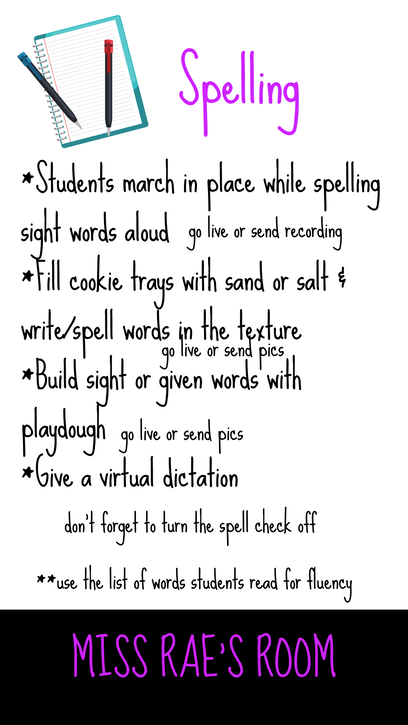
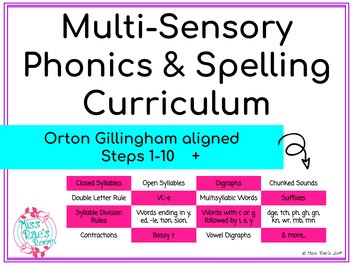
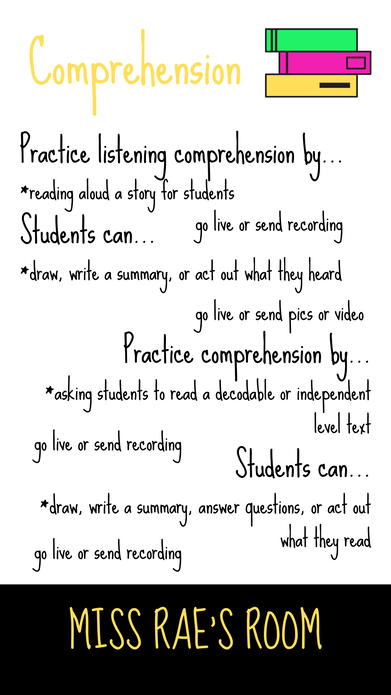
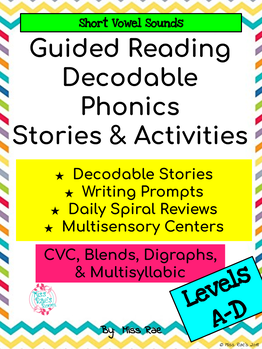
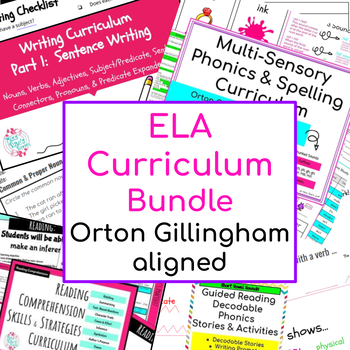
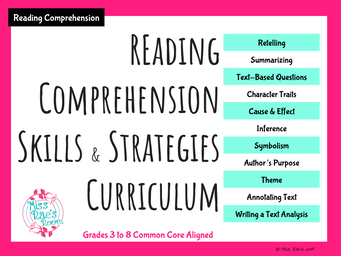
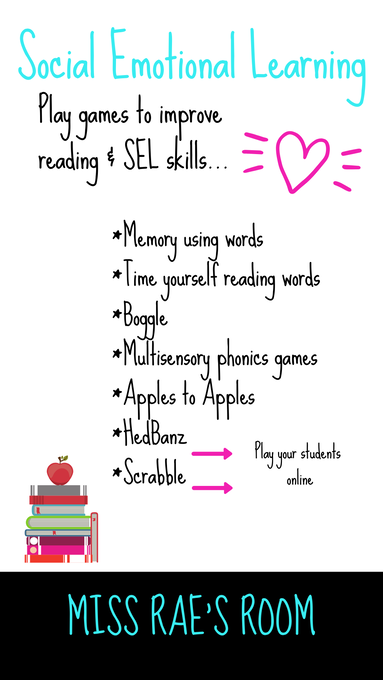
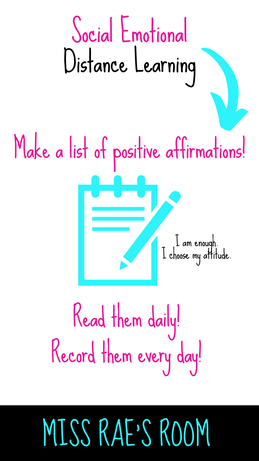
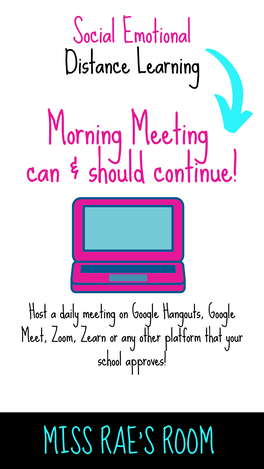
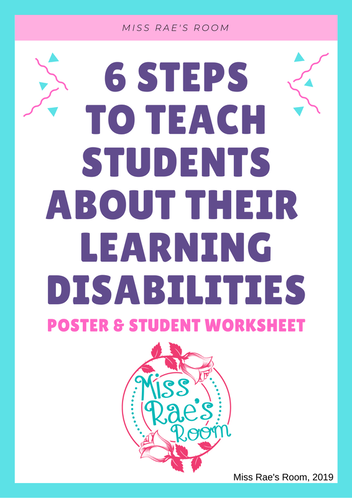
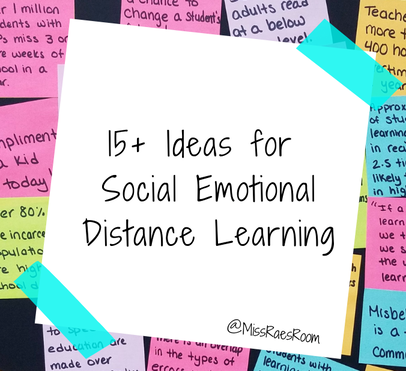
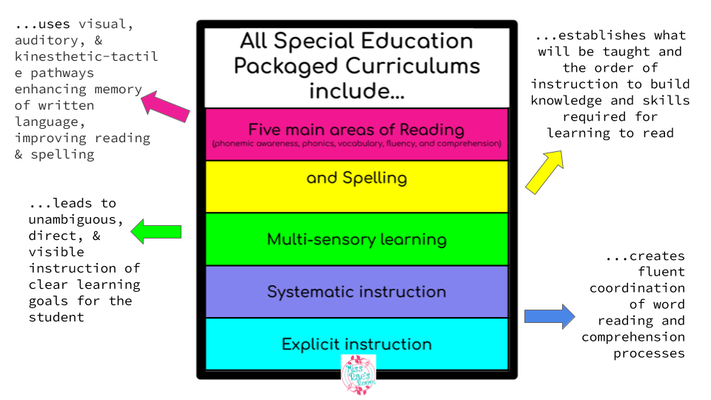
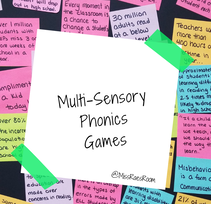
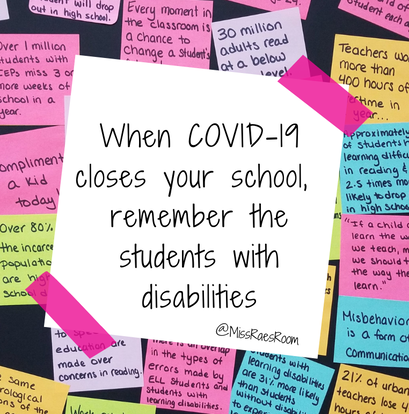
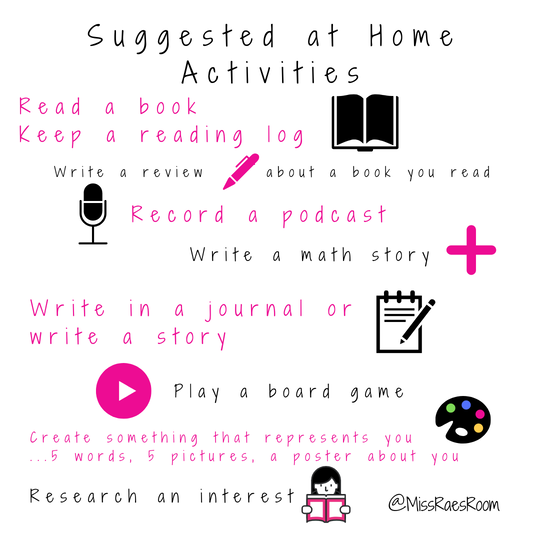
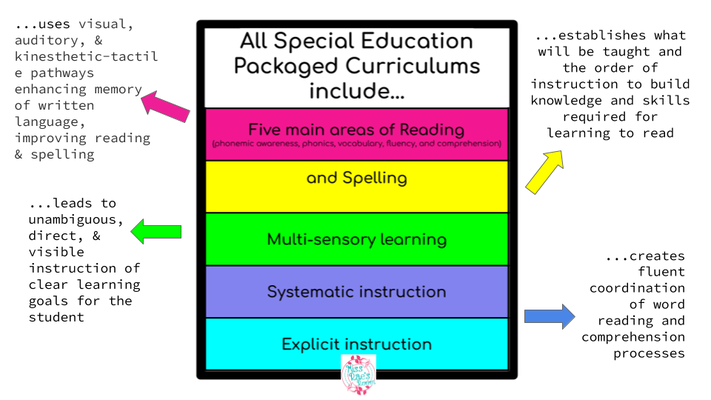
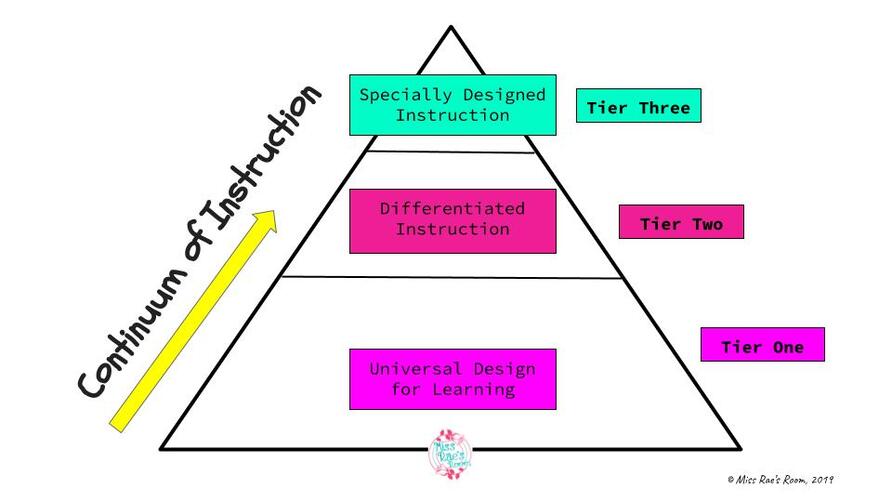
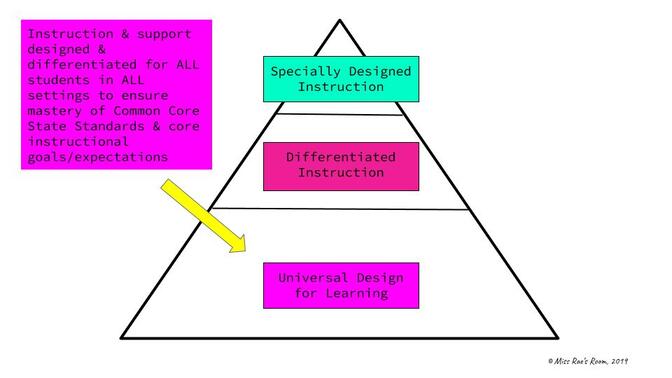
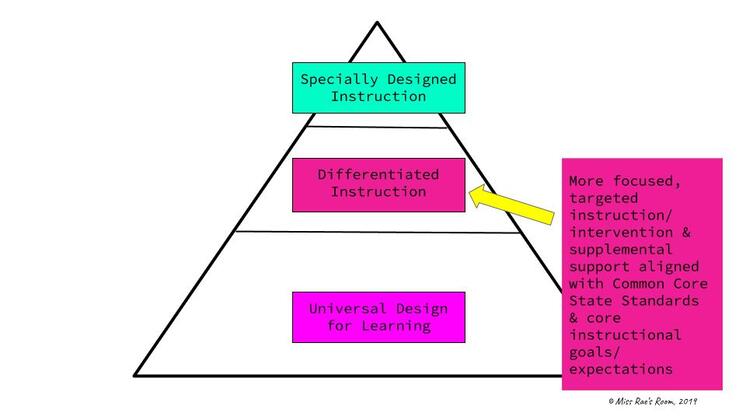
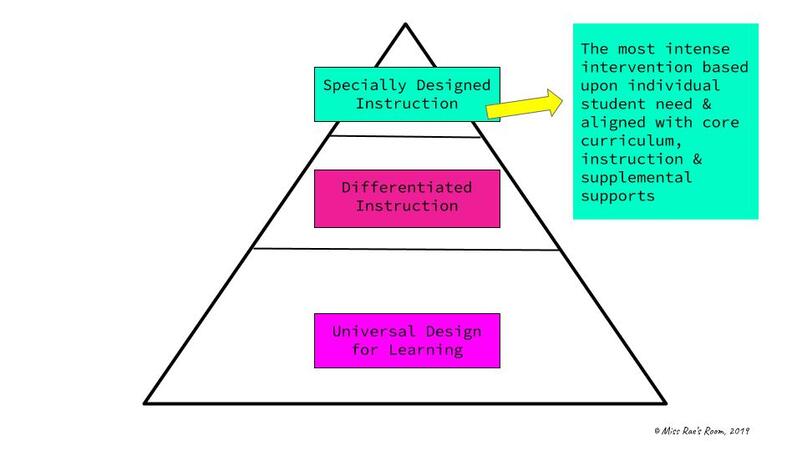
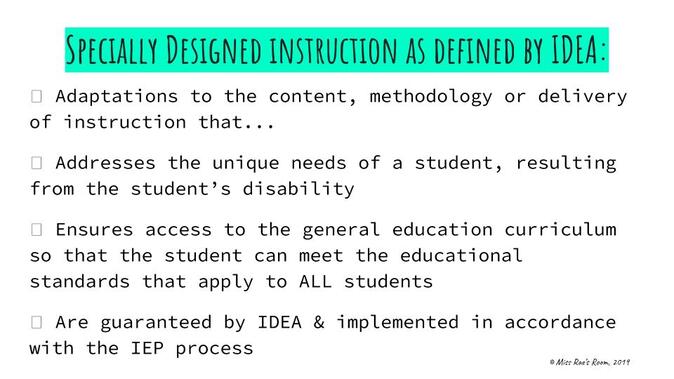
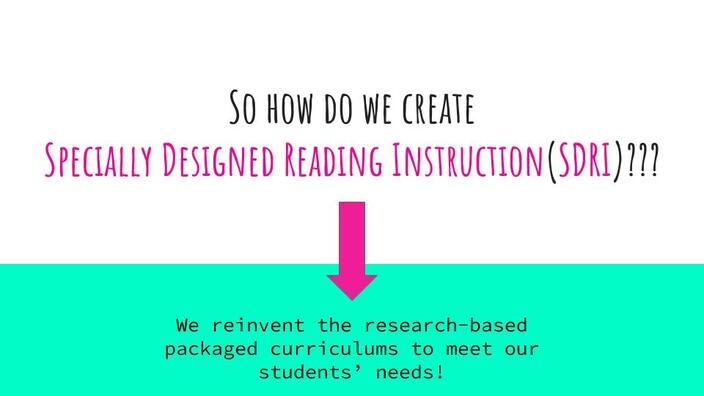
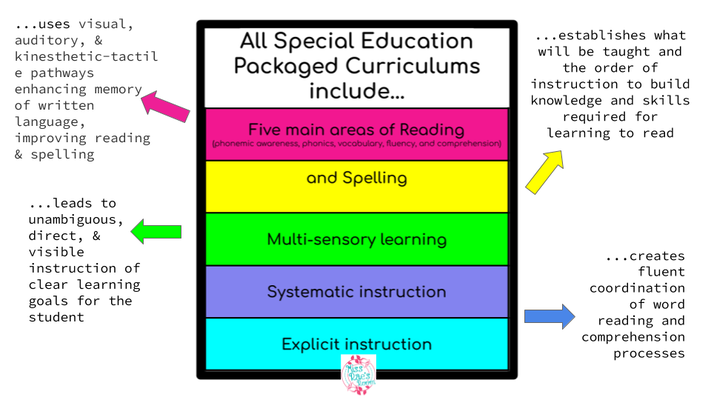
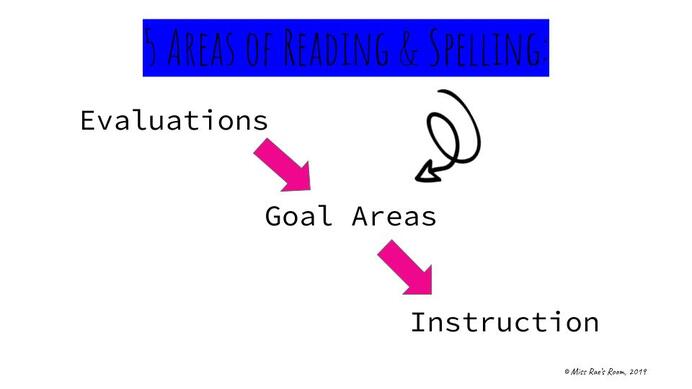
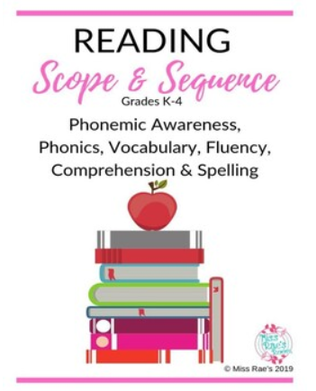
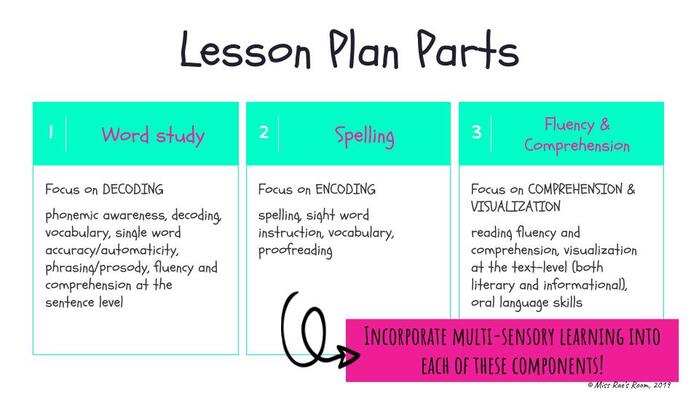
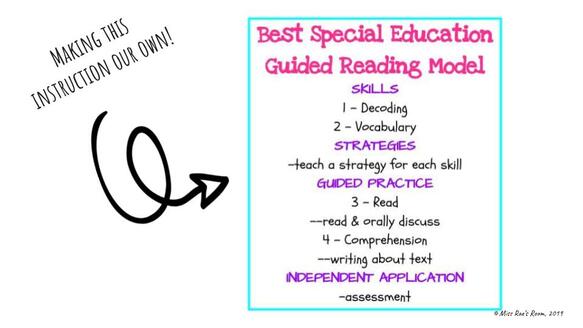
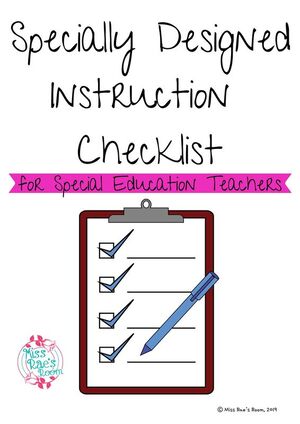
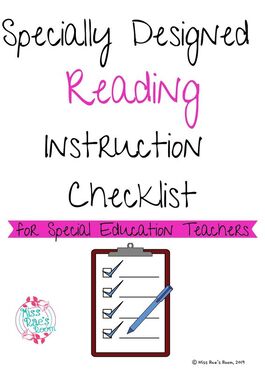
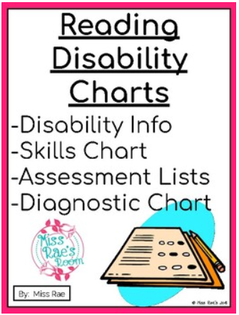
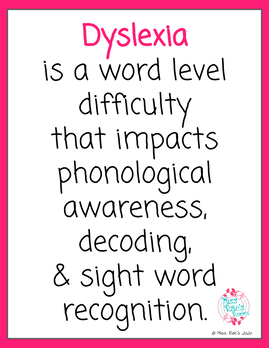
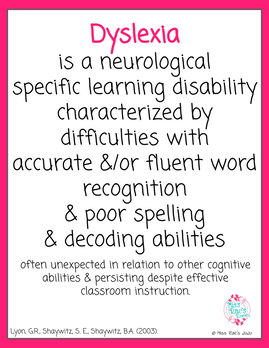
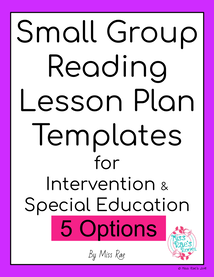
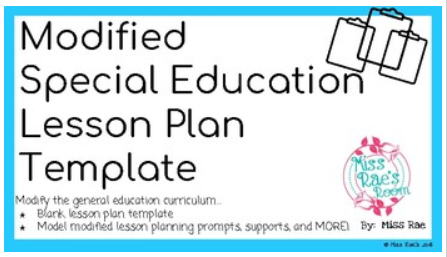
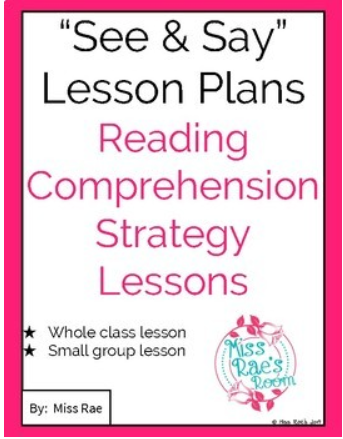
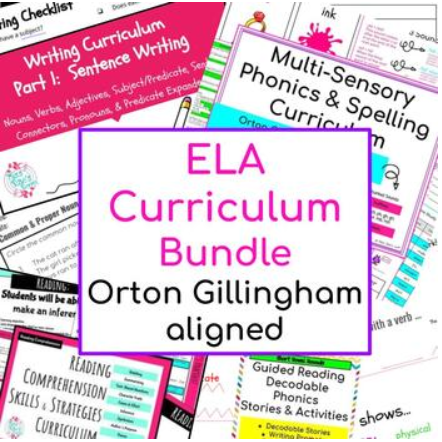
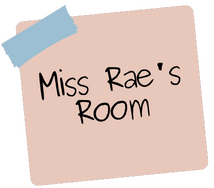
 RSS Feed
RSS Feed